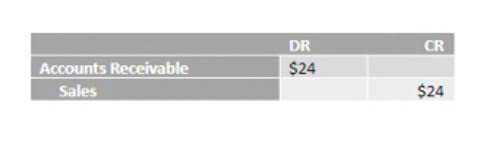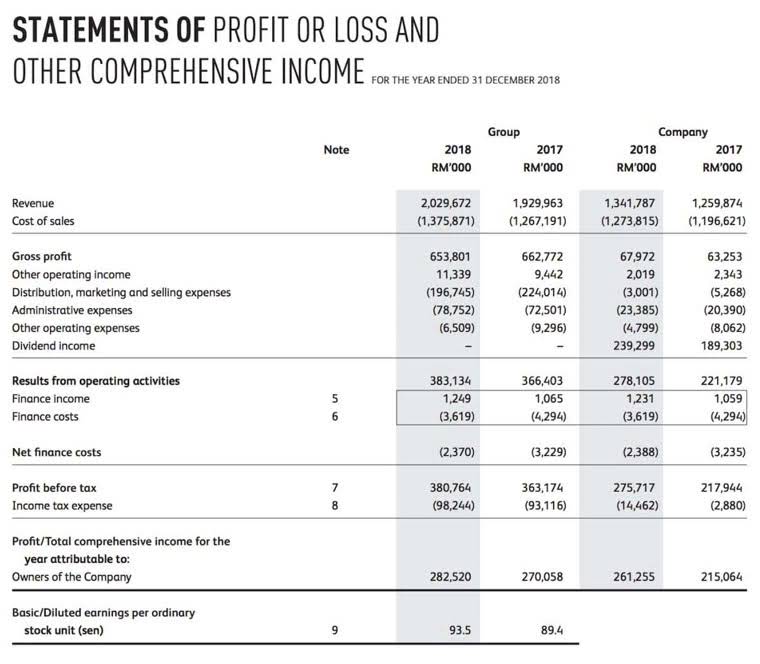
While any business can use bottom-up budgeting, some industries are a How to Run Payroll for Restaurants particularly good fit. Think about industries where local knowledge and employee input are especially valuable. Okay, so one of the biggest upsides to using a bottom-up budgeting approach is that you usually end up with more spot-on forecasts. Instead of some exec in a corner office making guesses, you’ve got the people actually doing the work giving their input.
- Once approved, management “pushes down” the budget to department heads, who communicate it to their team members.
- Department heads should review the numbers, ensuring they are in line with company goals.
- Management addresses its collection and payment policies to determine when it will receive cash from sales and when it will pay the material, labor, and overhead expenses.
- Collating, reviewing, and finalising each department’s budget can extend the budgeting timeline considerably.
- Choosing the right approach — whether bottom up or top down — really depends on the company’s needs and culture.
- At that point, it’s up to each department manager to run a monthly budget vs. actual report to determine how under or over budget the department is.
- Visionary companies with FP&A teams highly attuned to each department will do well with top-down budgeting.
Bottom-up vs. Top-down Budgeting: Everything You Need To Know To Build Your Budgeting Process

Choosing between top-down vs bottom-up budgeting ultimately comes down to your company’s goals, size, and culture. Both approaches offer unique advantages and challenges, so it’s essential to evaluate which method aligns best with your financial strategy. By understanding how each process works and what it offers, you can implement a budgeting approach that ensures financial success while fostering engagement and accuracy across your organization. Bottom up budgeting is a form of financial budgeting where a company allows each department to set their own budget. Each department creates a list of expenses and cost projections, which is then submitted for review from senior management. Once agreed, these separate budgets are added together to form the company’s overall budget.
- Consider the pros and cons listed above as you approach your budgeting methods.
- After departments finish preparing a list of planned projects and expenditures, the costs should be added up to get the total budget for the department.
- The estimates given will be as close as possible to reality since the employees are better placed to understand the costs, resources, expenses, and requirements of their respective departments.
- This bottom-up budgeting method can include more people as team leads can involve trusted workers to deliver input.
- It’s strategic in making sure the entire organisation aligns with the company’s broader objectives and goals.
Can you give an example of a company that successfully uses bottom-up budgeting?
Fortunately, integrative budget technology now makes this possible for bottom-up budgeting too. When comparing top-down vs bottom-up budgeting, consider how each method affects employee morale and operational efficiency. Bottom-up forecasting often creates stronger buy-in from department managers but can be time-consuming.

Time-Savvy
While the company’s goals may be multi-year, the rolling budget is adjusted monthly, and a new month is added as each month passes. Rolling budgets allow management to respond to changes in estimates or actual occurrences, but it also takes management away from other duties as it requires continual updating. Figure 10.4 shows an example of how a rolling quarterly budget would work. Notice that as one month rolls off (is completed) another month is added to the budget so that four quarters of a year are always presented. The third step in bottom-up budgeting is to use data and scenarios to support and validate the budget proposals. Data can include historical, current, and projected information on revenues, costs, performance, and market trends.

- Similar to the individual budgets that make up the operating budgets, the financial budgets serve to assist with planning and monitoring the financing requirements of the organization.
- However, management may or may not incorporate this input into the budgeting process.
- You need to monitor and evaluate the implementation and outcomes of your budget on a regular basis.
- Top-down budgeting centralizes spend decisions to top-tier management, which can streamline day-to-day operations by providing departments with a clear financial framework.
- In our example, Spaceland’s management should agree on revenue expectations for the next year between $180,000 and $200,000.
- When you’re ready to make the most of your marketing budget, improve your results, and streamline your campaigns, contact Silverback Strategies.
- This information is communicated to the supervisor, who then passes it on to upper levels of management.
Albert’s budgeting feature makes this step easy by helping you organize and track these expenses and their amounts in one place. Reviewing your recent statements and bills can give you a clear picture of where your money is going and help identify areas to save. Next, list each income source and categorize every expense, ensuring you have an accurate picture of where your money is going. If your expenses exceed your earnings, look for ways to adjust by cutting costs or boosting your earnings. Instead of general estimates, you work with your specific income sources and expenses to create a budget that fits your unique online bookkeeping situation.

To start, gather your financial documents top-down vs bottom-up budgeting — bank statements, pay stubs, bills — and look at your spending over a set period, like one to three months. Make sure to carefully review your team’s projections and remind them that they should not cushion their budgetary needs. Having faith in your staff is essential to lead any company to success, but you should be cautious.
